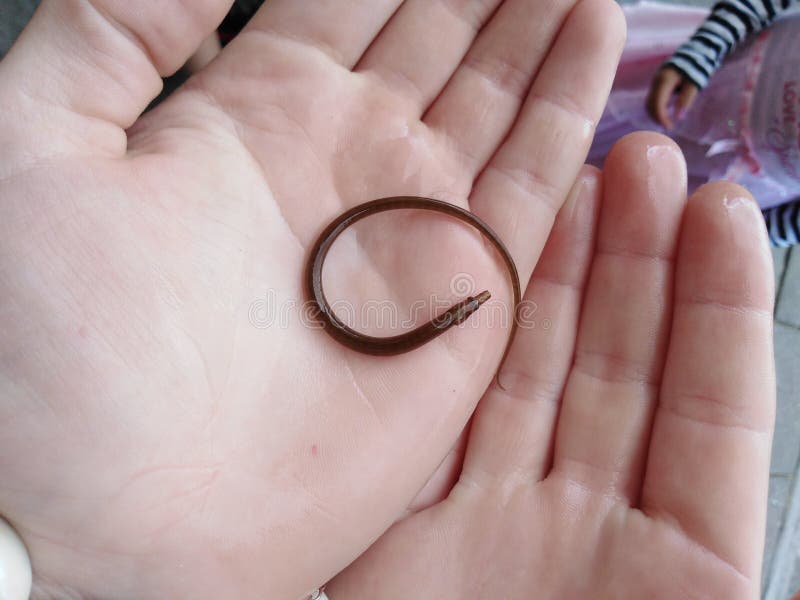

They can be rigged and trolled or lip-hooked or back-hooked and fished as live-baits.
BOY CATCHES FLESH WATER EEL HOW TO
How to catch flying fishįlying fish make excellent bait for all of the main sought-after predatory species like marlin, yellowtail kingfish, Mahi Mahi and tunas.

The flesh is firm, and white when cooked, and very good eating. They are zooplankton feeders with small mouths eating krill, other crustaceans, fish eggs, and larvae. In New Zealand, the most notable areas they are seen and caught are around the offshore islands along the northeastern coast north of Auckland. Where to find flying fishįlying fish are for the most part a tropical species found in surface water temperatures between 20-23 ☌. They are found in tropical and subtropical regions of the Atlantic and Pacific oceans. The largest of this species is the California flying fish – Cypselurus californicus – which can reach 50cm. This species is smaller and grows to a maximum recorded length of 30 centimetres although most specimens are around 20 centimetres. The watercolour was painted by Frank Edward Clarke. It “came on board” the SS Alhambra off Westland on the West Coast of the South Island of New Zealand on the 23rd of May 1882. The specimen shown in the watercolour at the top of the page is Hirundichthys rondeletii. The largest is the Cypselurus lineatus, a four-winged flying fish, which ranges in length from 30 to 45 centimetres. At least two of these are found in NZ waters. Worldwide there are about 40 different known species of flying fish. Note the large eyes close to the front of the head.Ī notable feature of flying fish is that they have large eyes placed high on the side of the head to see their prey near the surface while looking upward. As you can see in the video at the bottom of this page gliding through the air is not a foolproof means of escape as they are vulnerable to being taken by sea birds while airborne, frigatebirds especially.įrom the Blackwing flyingfish – Hirundichthys rondeletii (NZ): Flyfish fish, 1882, by Frank Edward Clarke.

Mahi Mahi (Dorado) have been observed jumping clear of the water to take flying fish in midair or tracking them while airborne and striking the moment they return to the water. Hopefully, the distance travelled through the air will be far enough to escape most predators including marlin, swordfish, kingfish, Mahi Mahi, mackerel and tuna. Just as they begin to land on the water, they can become airborne again by rapidly beating their tails enabling them to glide up to twice the distance. If they break the surface at the crest of a wave and the wind is just right, they can glide about a metre above the surface for up to 200m. They can glide for over 50m depending on wind and sea conditions. The larger lower lobe helps them to get airborne as it continues to beat very rapidly along the surface as they take off. They power up through the water at up to 60kph before breaking the surface. There are two-wing flying fish with long pectoral fins only, and secondly, the four-winged flying fish which also has long over-sized pelvic fins that act as tail wings or horizontal stabilizers providing extra lift.Īll have deeply forked tails, with the lower lobe longer than the upper lobe. They can be separated into two general groups depending on the number of wings. Rather they are capable of leaping clear of the water and gliding for considerable distances above the surface using their long wing-like pectoral fins for lift. Black Wing Flying Fish – Hirundichthys rondeletii By Allan Burgess Flightįlying fish don’t fly like birds flapping their wings.


 0 kommentar(er)
0 kommentar(er)
